Cyborg Cockroaches, Robot Crop Pollinators and Laser-Firing Bugbots
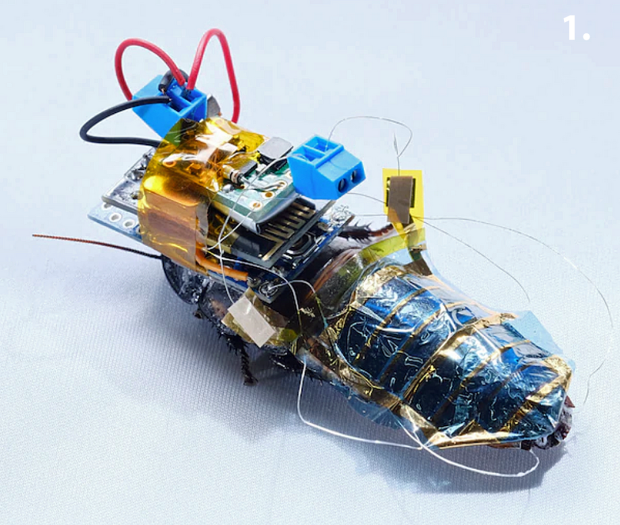

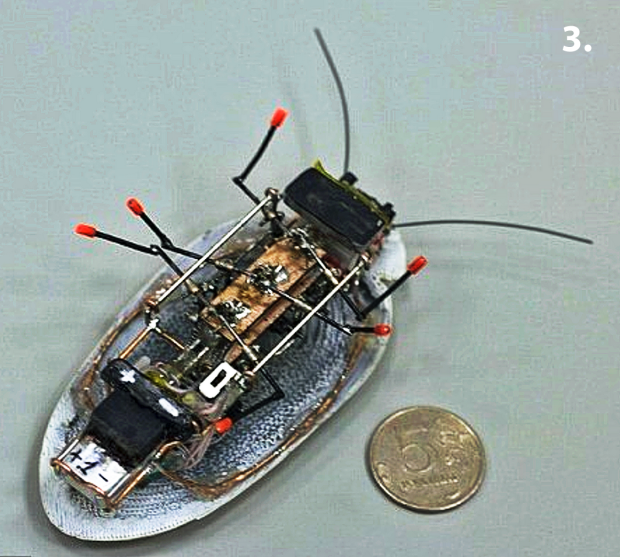
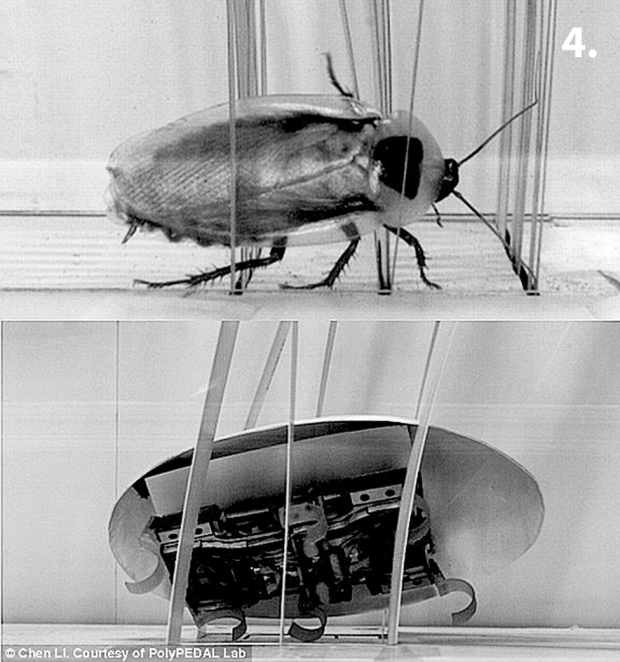
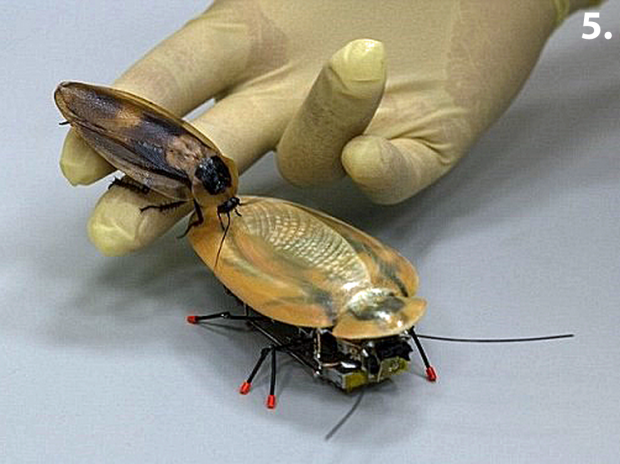
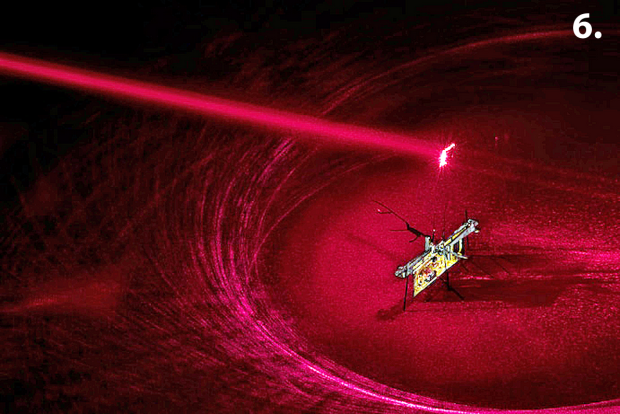
Given the exciting pace of ongoing R&D, miniature robots, often inspired by insect biology, will soon perform search and rescue, find gas leaks and pollinate crops. Fabrication of micro and nano-scale parts, as well as tiny batteries, is improving. “If we think about the insect functions that animals can’t do,” said Kevin Chen, an assistant professor of electrical engineering at MIT, “that inspires us to think about what smaller, insect-scale robots can do, that larger robots cannot. …Some scientists build an entire robot to mimic the motion and size of real insects, such as bees and lightning bugs. Others put electronics on live insects and control them, essentially creating cyborgs (beings that have both organic and mechanical aspects). While some are experimenting with a hybrid — connecting parts of a live insect, such as an antennae, to a machine robot.”
Many scientists have come to realize that insects are simply small, hard-shelled animals and to some extent are self-aware. “Jeff Sebo, an animal bioethics professor at New York University, said he worries how live insects might feel being controlled by humans while carrying heavy technology. It’s unclear if they feel pain or distress from it, he said, but that doesn’t mean humans should ignore that.”
Photo 1 shows a Madagascar hissing cockroach with 3D-printed sensors and solar power panels strapped onto its back, courtesy of Kenjiro Fukuda, RIKEN Thin-Film Device Laboratory. Photos 2 – 5 show the work of Russian and other scientists over the last 10 – 15 years. Photo 6, courtesy of Matt Stone, University of Washington, is a bug-size robot firing a laser. The bleeding edge of this technology, today, is likely classified. For details, see the October 8, 2022 Washington Post Article, by Pranshu Verma.
Microparticles that could Power Microrobots
In a related development, MIT Researches have designed microparticles that could power microrobots. Taking advantage of a phenomenon known as emergent behavior in the microscale, MIT engineers have designed simple microparticles that can collectively generate complex behavior, much the same way that a colony of ants can dig tunnels or collect food. Moreover, MIT showed that “this mechanical oscillation can become an electrical oscillation, and then that electrical oscillation can actually power activities that a robot would do.” For details, please see this full report on Robotics World.
